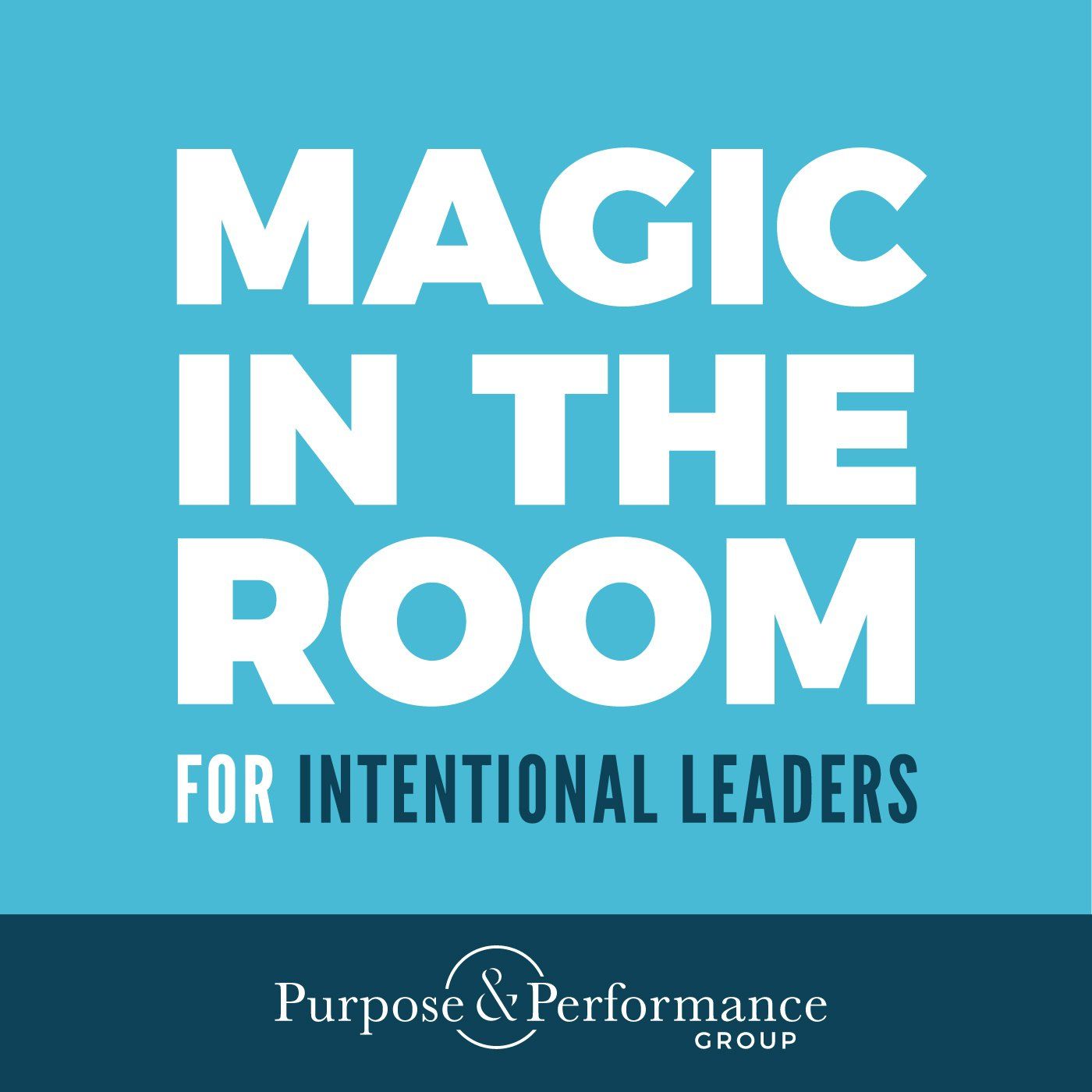Intentional Leadership
By: Luke Freeman
Principle, Leadership Design
“Leadership is influence—nothing more, nothing less. When you become a student of leaders, as I am, you recognize people's level of influence in everyday situations all around you.” -John Maxwell
This well-known quote on leadership has become one of the most trusted and referenced definitions of leadership. While I don’t necessarily disagree with Maxwell’s observation, It lacks the specificity needed to provide clarity for leaders in their day-to-day roles. If we only believe that “leadership is influence”, we’re not prepared to answer the next logical questions:
- How do I become intentional in my influence?
- How do I influence in a positive way instead of in a harmful direction?
- Am I influencing even when I’m not trying to lead?”
The blind spot of Maxwell’s “leadership is influence” statement is that, almost without exception, we influence everyone we encounter; either directly or indirectly. We’re social creatures in complex webs of relationships, and we just can’t help spreading our influence around. Mutual influence is part of what it means to be human.
For example, if I enter a room while looking at my phone, look no one in the eye, and stand in the corner I will influence the atmosphere of the room and the experience of everyone else in the room. People will shift where they’re standing to acknowledge me, even without verbal communication, and will eventually look to me for some sign of my emotional and physical status. This is an example of Unintentional Leadership. If we stop with Maxwell’s definition, we’re all leaders every day whether we know it or not because we’re always influencing the teams of which we’re a part.
The type of leadership we’re after is different, and it’s called Intentional Leadership. Intentional Leadership consists of three steps:
- Notice. On a small scale, this could be as simple as noticing the emotional atmosphere when we enter a room. Are people engaged in conversation? Is it a large group conversation? Are people chatting in small groups? Is everyone on their phones? On a larger scale, noticing could be observing that people are being served differently in a restaurant because of their ethnicity, social class, or gender. You could notice that someone is singled out and bullied face to face or on social media. Noticing could be seeing that there are people with authority and resources who could correct a problem within your organization if someone brought them a clear plan and explained how they could help. During most of our childhoods we don’t notice how groups, culture, and society shape the identities and roles of those within organizations, even giving power to some people and withholding power from others. Noticing is a skill to be developed. Some people arrive in adulthood without learning to notice.
- Choose. Choosing is making a value judgment; deciding that there is a wrong that should be addressed. Whether you’re aware of them or not, your values determine what wrongs you notice and which ones you choose as high priorities. For example, imagine a team that values “flexibility” and “competitive spirit”. For years the people in this team worked late nights to meet deadlines and then had the freedom to come in late the next day. As the company succeeded and grew into multiple locations the CEO noticed that some newer employees seemed to be taking advantage of the culture of flexibility without demonstrating the competitive nature that used to go along with the flexibility. He is now faced with making a choice about how to respond in a way that aligns with his values and the vision for the company. Since he has identified his values, he has the power to choose. You gain the same power when you know your values and consciously apply them to the issues that you notice. You think about what would be most helpful in realizing your ideals and choose the specifics of what you will say or do.
- Act. While it’s hard to notice things we’ve been blind to for most of our lives and choosing wisely takes practice and can be intimidating and confusing, Acting can be the biggest hurdle. Unfortunately, many people notice something that could be better and choose how to address it, but then freeze or put off acting. Sometimes a failure to act is driven by fear. Sadly, sometimes it’s driven by something worse than fear: just a lack of caring enough to take the time. Noticing and choosing are of little worth without an act of leadership.
Notice, choose, act is a simple but powerful model for reframing our definition of leadership to be change-oriented and actionable. But even this view of intentional leadership leaves many questions unanswered:
- What values drive your leadership choices?
- Are your current values helping you become an effective leader? If not, how do you change them?
- What communication, strategic, and operational skills do you need to enable you to become effective at intentionally influencing those around you?
- How do we continue to have fresh eyes when we see the people and processes around us so that we notice more organizational issues that are ripe for change?
These may sound like overwhelming questions, but it’s surprisingly simple to make progress by being intentional and leading yourself first.


